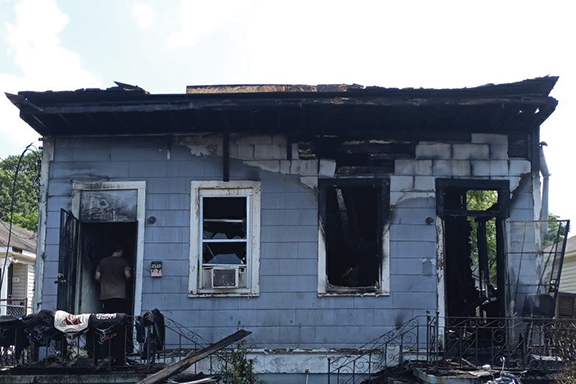Risk Mitigation and Due Diligence in the Pandemic
What Investors Must Do to Ensure Favorable Outcomes and Future Earnings by Erika Garcia It is vital to fully understand the risks and rewards of real estate investment during our current economic decline caused by the coronavirus pandemic. Investing in real estate can provide the potential for a stable income stream and value appreciation, along with generous tax benefits. However, real estate investors must recognize that the pandemic may impact
Read More










